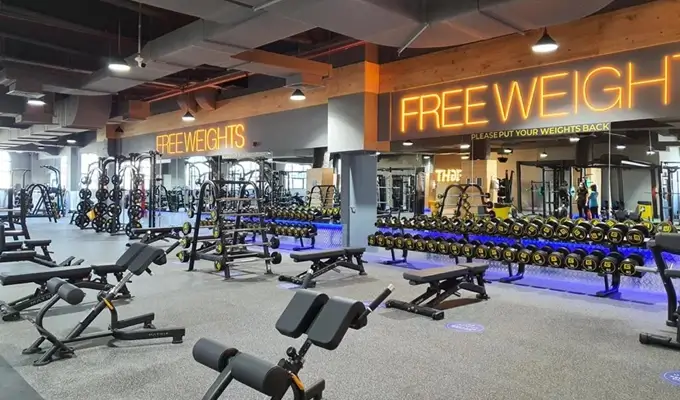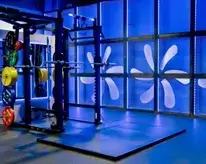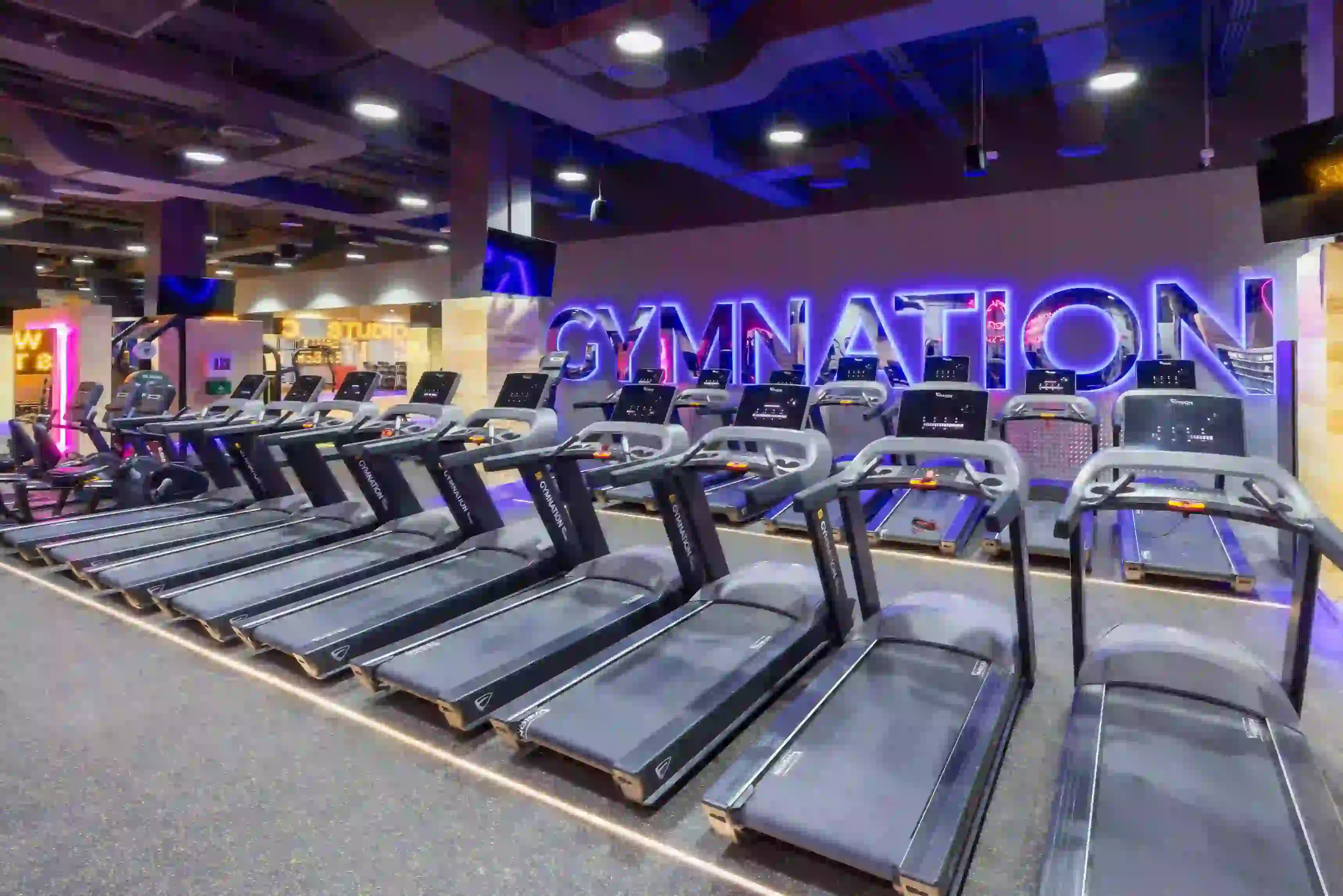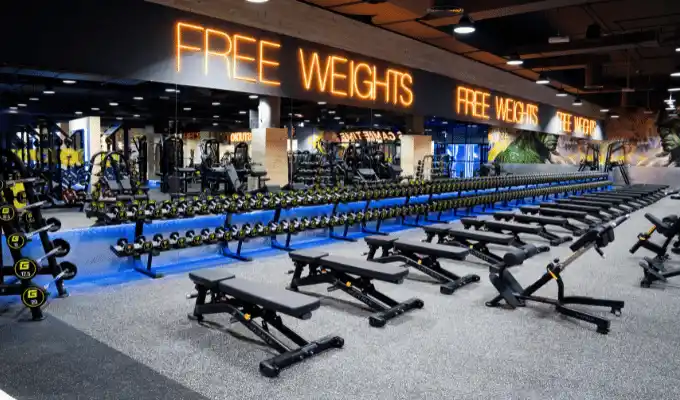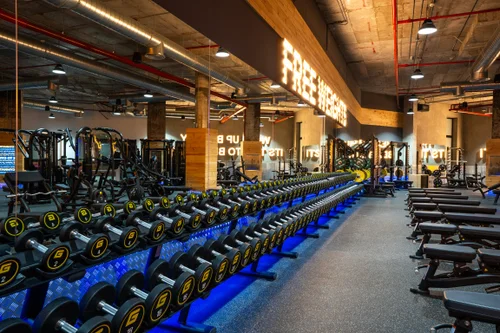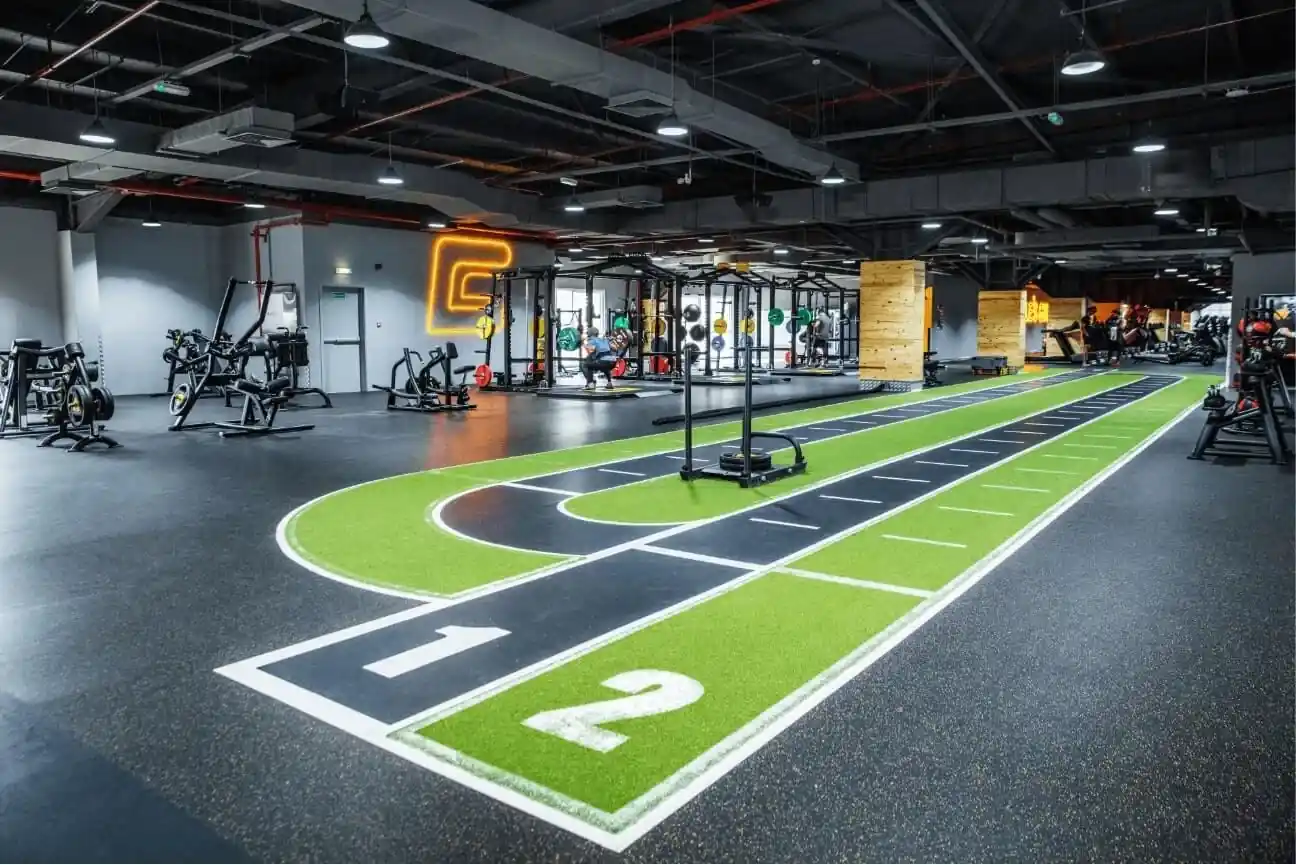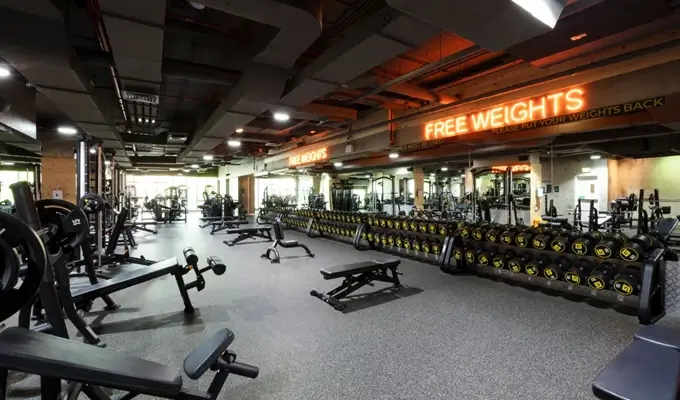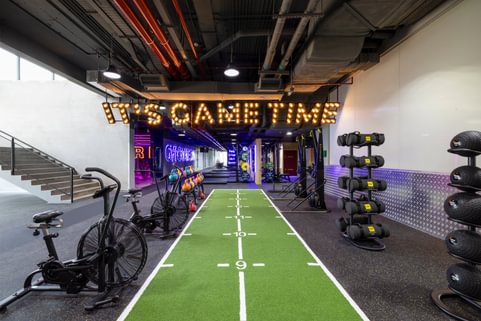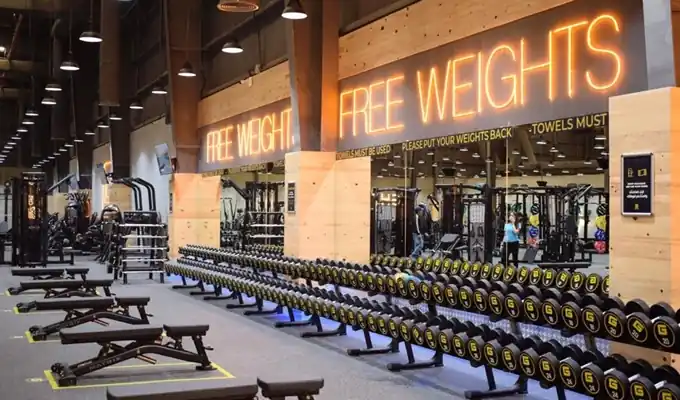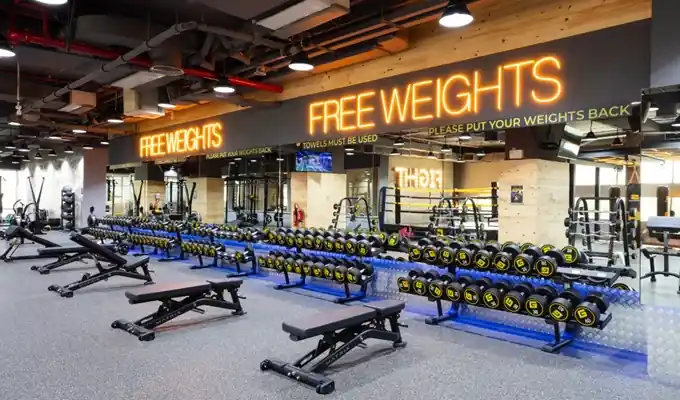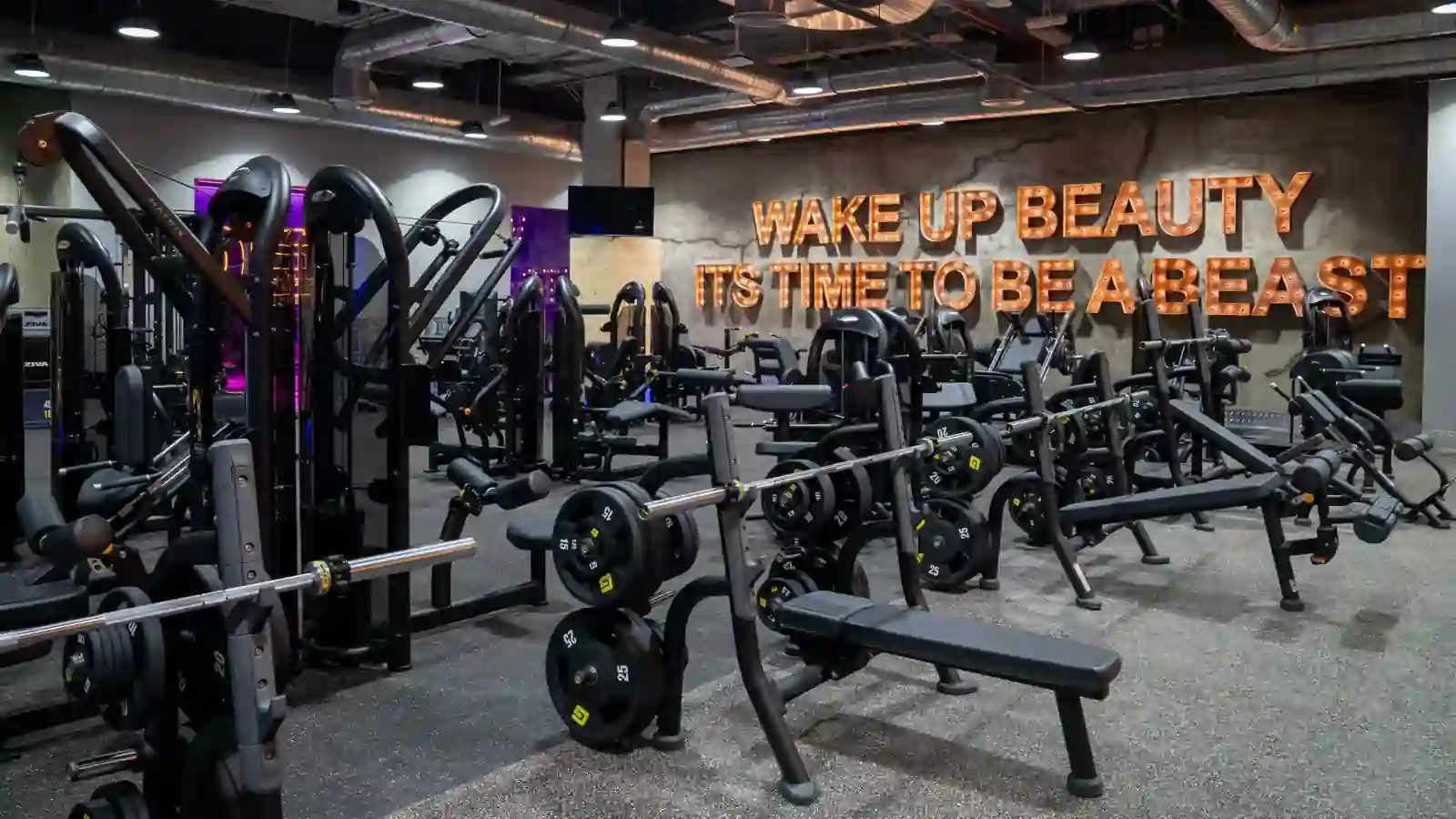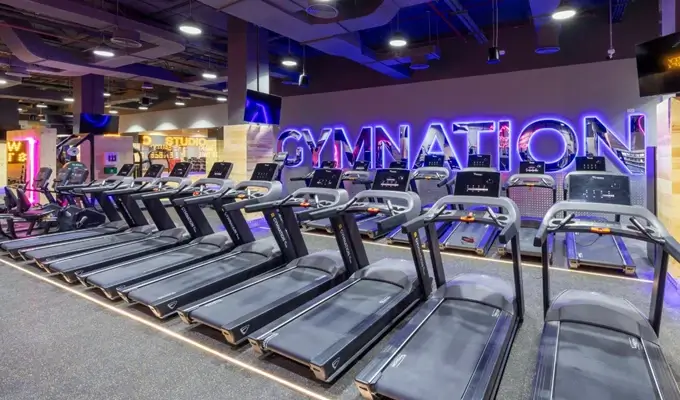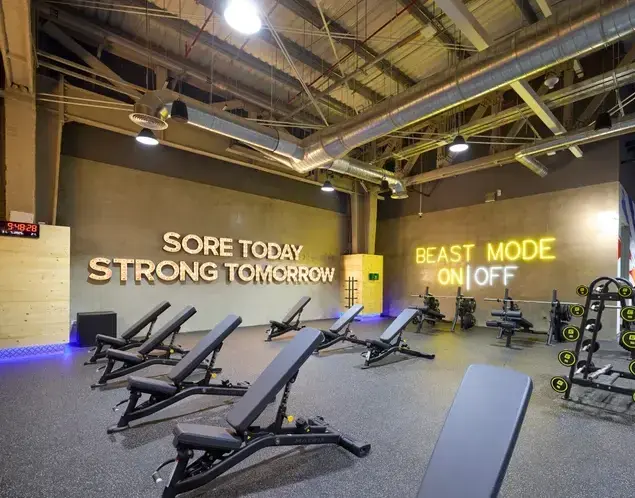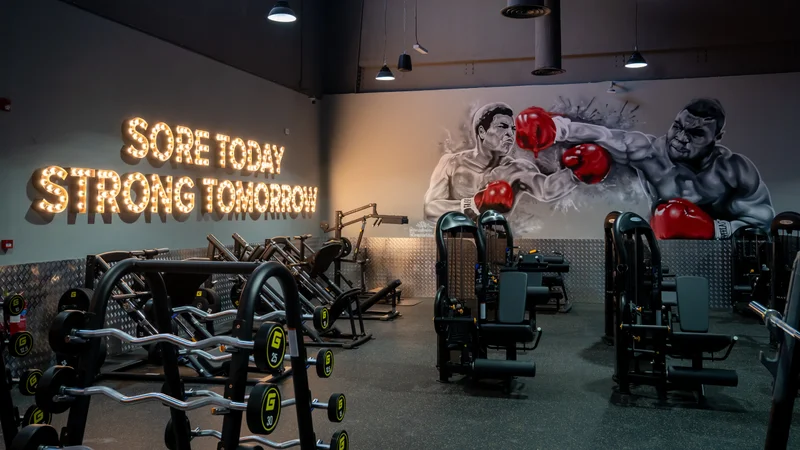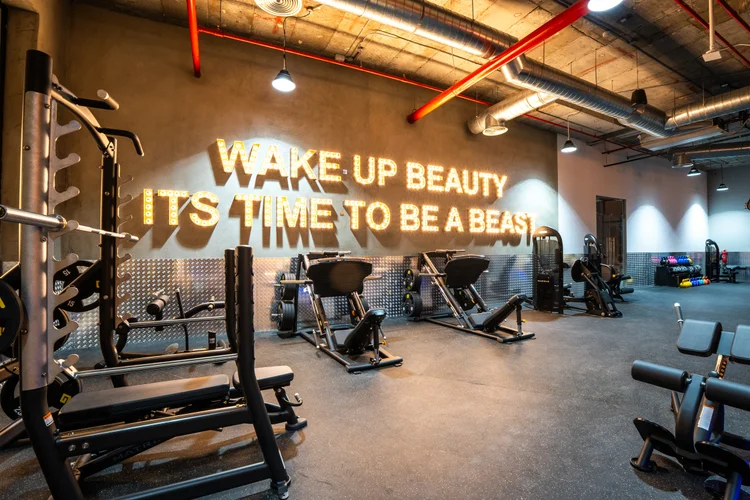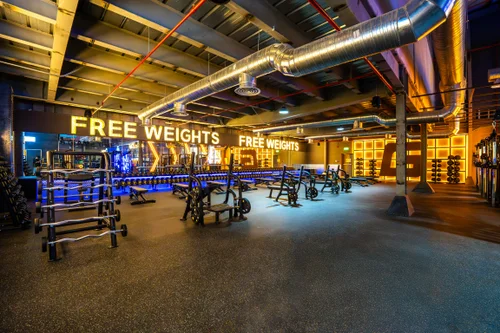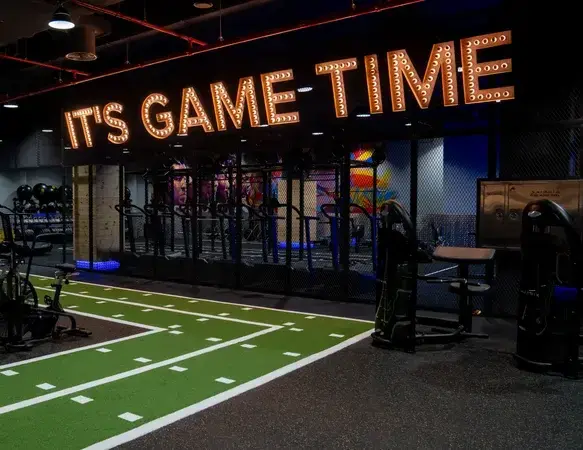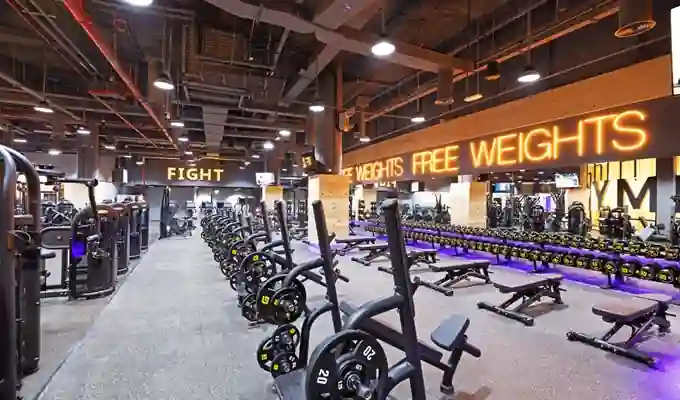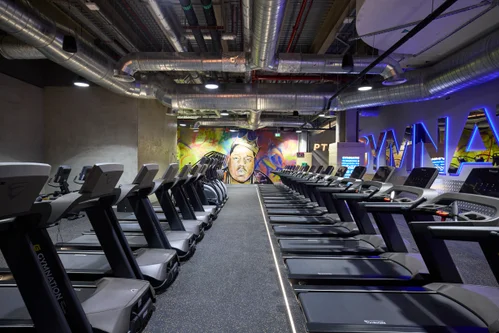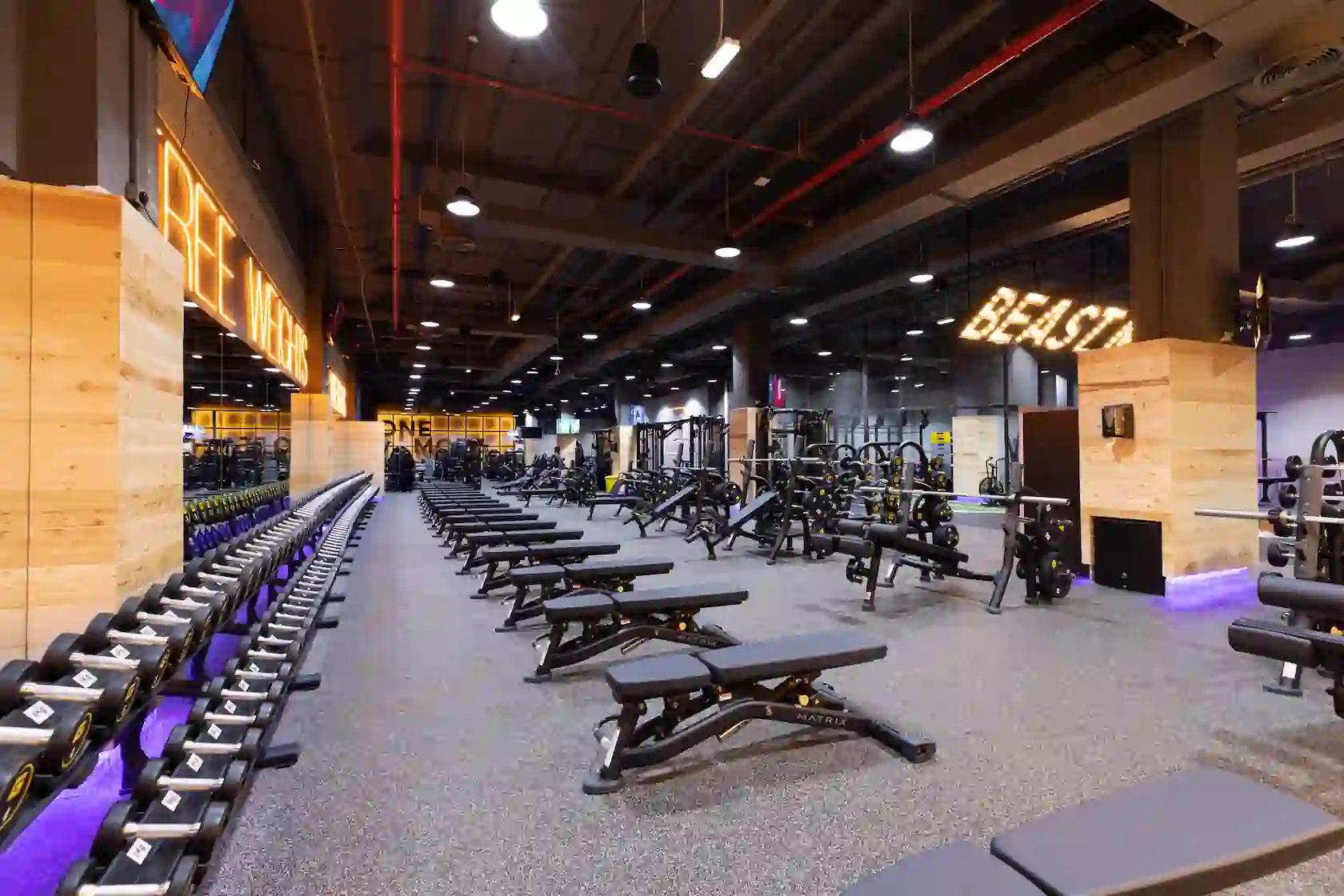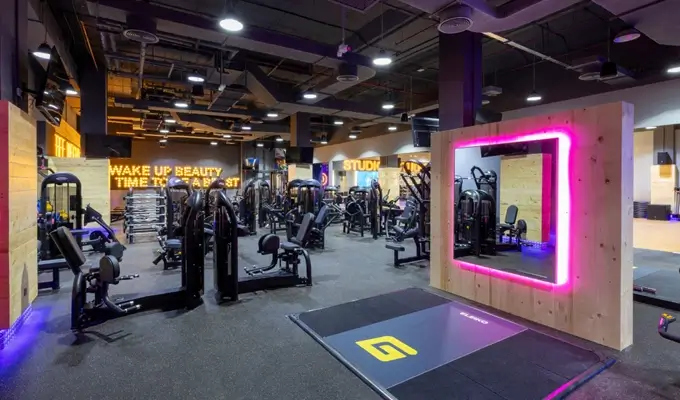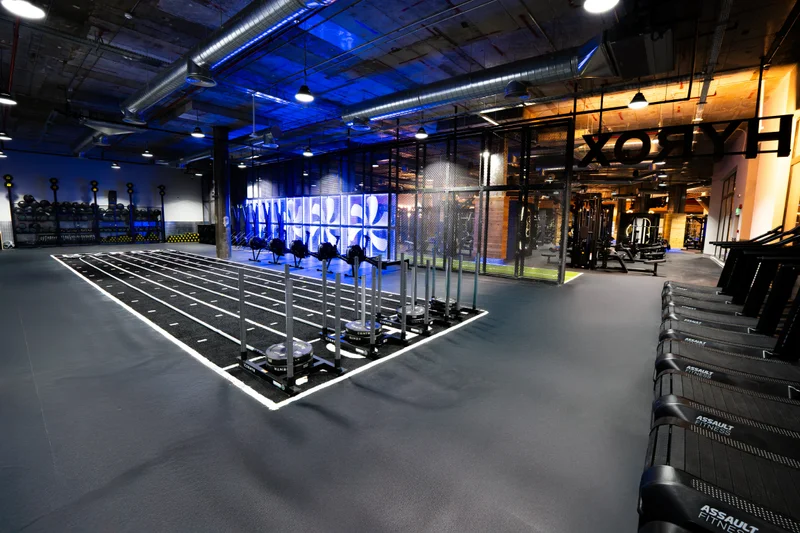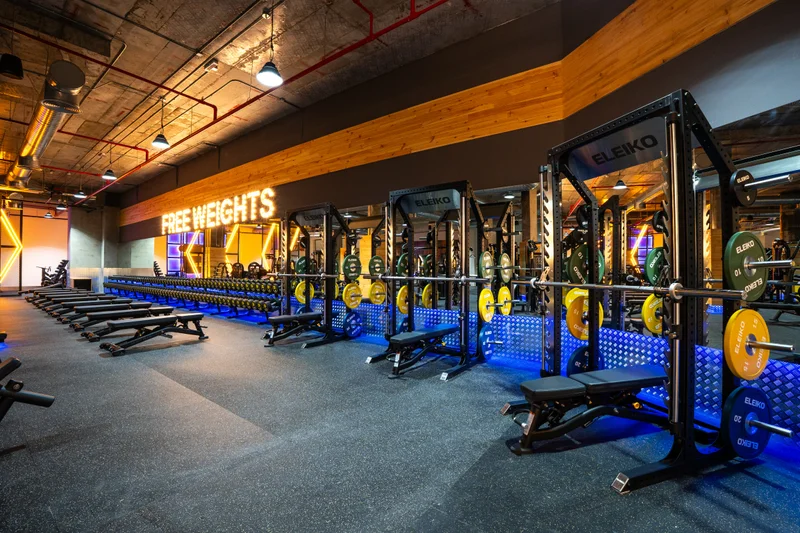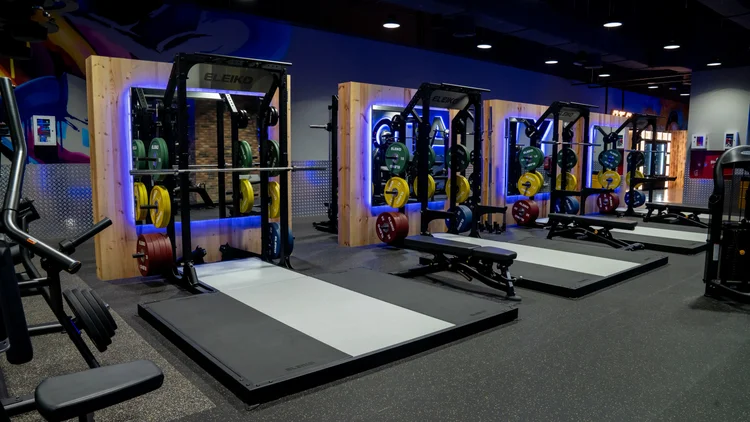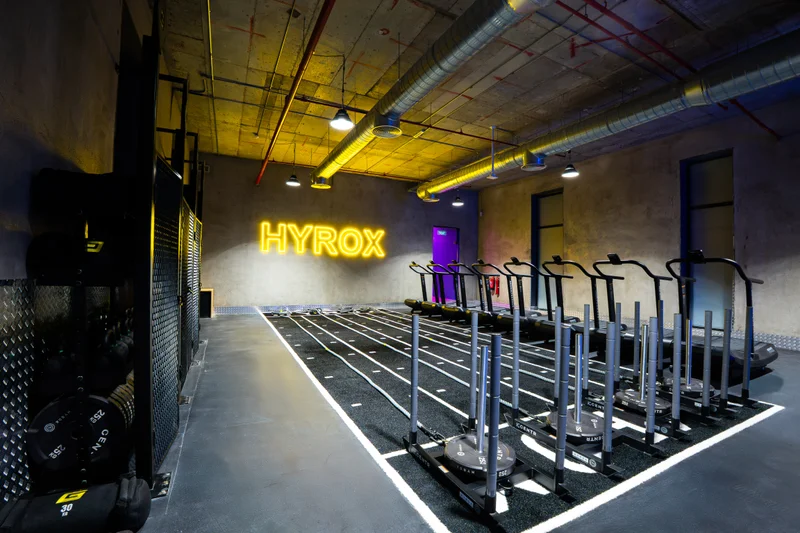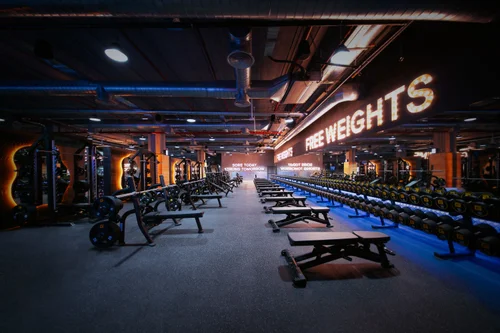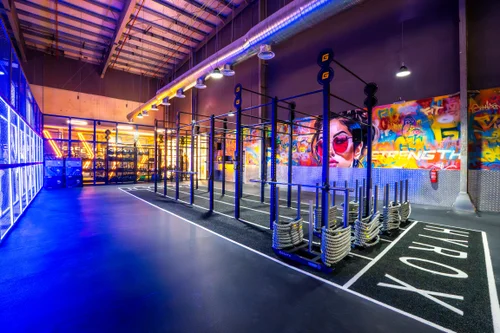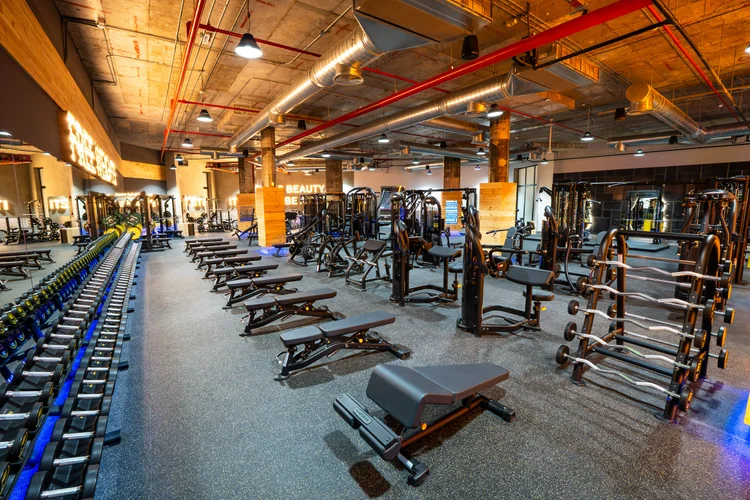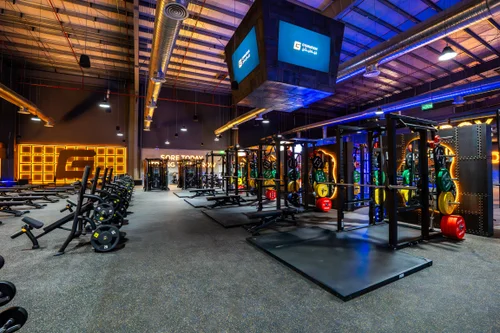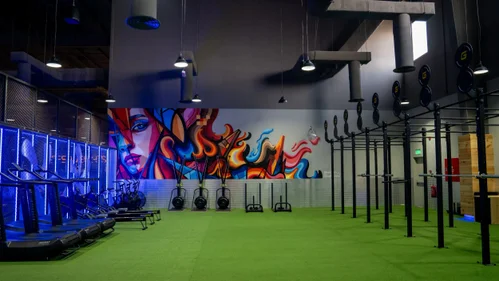Microdosing Exercise: Small Efforts, Big Benefits

SIGN UP FOR YOUR FREE DAY PASS TODAY!
The term "microdosing" has moved from the world of psychedelics into fitness, referring to the practice of incorporating small "doses" of exercise throughout your day.
How long is your ideal workout?
If you can't find time for a 30-minute run, can shorter bursts of activity still improve your health? The science says yes.
What's the Minimum You Should Move?
The World Health Organization (WHO) recommends adults get at least 150 minutes of moderate-intensity or 75 minutes of vigorous-intensity aerobic exercise each week.
This could be anything from brisk walking and cycling to running and team sports. Additionally, they suggest muscle-strengthening activities like weightlifting at least twice a week.
Even daily activities, like vacuuming, mopping, or playing with your kids, can count toward your moderate-intensity minutes.
BREATHING YOGA CLASSES AT GYMNATION
Do Shorter Sessions Actually Work?
The good news is that breaking up your exercise into smaller chunks throughout the day is just as effective as one long session. In fact, it might even offer some extra benefits.
A 2019 review of 19 studies found that multiple short bursts of exercise improved heart fitness and blood pressure just as much as a single longer workout.
There was also evidence that this approach led to greater weight loss and lower cholesterol. For example, three 10-minute sessions were just as effective as one 30-minute session.
Even "Exercise Snacks" Can Help
Another 2019 study explored the impact of very short "exercise snacks." One group performed a three-minute routine (including warm-up and cool-down) with a 20-second all-out sprint, three times a day, three days a week.
This "snack" group showed significant improvements in aerobic fitness, a key predictor of overall health and longevity.
The Shorter the Session, the Harder the Effort
The research suggests a clear pattern: if you're short on time, you need to increase the intensity.
One minute of maximal-effort exercise might be equivalent to two minutes of moderate-intensity activity. To get the most "bang for your buck" from a short workout, you need to push yourself harder.
Is There Still a Place for Longer Workouts?
While breaking up exercise is effective for general health, longer sessions are still important in certain situations. If you're training for an endurance event like a 10k run or a marathon, you need longer sessions to prepare your body for the demands of the race.
Additionally, some evidence suggests that more than the minimum recommended exercise—around one hour of moderate activity daily—may offer greater benefits for mental health by improving symptoms of anxiety and depression.
The Bottom Line
Any exercise is better than none. If you're struggling to find time, even a few minutes of intense activity spread throughout the day can have a positive impact on your health.
Just remember the simple rule: the shorter the session, the harder you need to work.
Source: theconversation
The opinions shared in the GymNation blog articles are solely those of the respective authors and may not represent the perspectives of GymNation or any member of the GymNation team.
Frequently Asked Questions
What does microdosing exercise mean?
GET YOUR FREE TRIAL TODAY




















